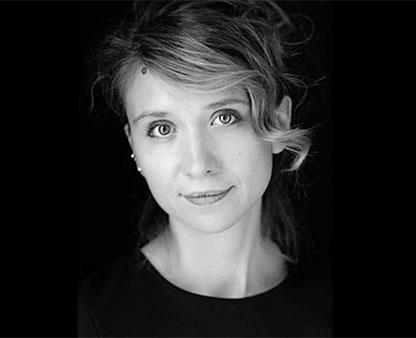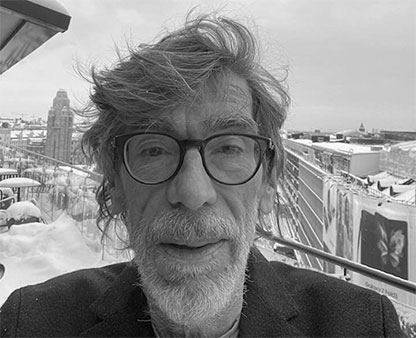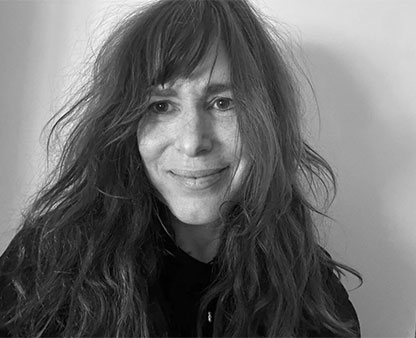En glædelig meddelelse til alle os danskere, der er glade for baltiske dokumentarfilm: Aarhus biografen Øst for Paradis lægger hus til en fire dag lang festival straks i det nye år, 9-12. Januar 2016. Jeg iler med at videregive den velskrevne og kloge pressemeddelelse, som arrangøren Det Danske Kulturinstitut i Estland, Letland og Litauen har sendt ud i dag under overskriften ” BALTIC FRAMES: DOCUMENTARIES CONVERSING WITH THE SOVIET PAST”:
I begyndelsen af januar 2016 skyller en baltisk dokumentarfilmbølge ind over Aarhus’ art cinema Øst for Paradis. Det er første gang, der afholdes en baltisk dokumentarfilmfestval i Danmark i det nye årtusinde, og er dermed en oplagt mulighed for at stifte bekendtskab med dokumentarfilmgenren fra dette nordøstlige hjørne af Europa, der sjældent er på dagsordenen i Danmark.
Det Danske Kulturinstitut i Estland, Letland og Litauen præsenterer i samarbejde med de tre baltiske nationale filminstitutter en vigtig håndfuld af nye baltiske dokumentarfilm med en historisk, kulturel og geografisk spændvidde, der rækker fra Narva i det nordøstligste Estland over Riga, Kaunas og Vilnius med afstikkere til Tjernobyl, Leningrad og Sibirien. Filmene skaber tilsammen et indblik i tiden før, under og efter Sovjetunionen, og netop i 2016 vil det være 25 år siden at Estland, Letland og Litauen løsrev sig fra Sovjetunionen. Foruden de seks film, indgår også et seminar i festivalens program.
Centralt for ’Baltic Frames: Documentaries conversing with the
Soviet past’ er temaet ’erindring’ og bearbejdningen af Sovjetfortiden, som dokumentarfilmene på levende, poetisk og personlig vis realiserer. Derudover berøres de ydre omstændigheder som påvirkede modstand, kunst og kultur, men også de indre konsekvenser som opløsningen medførte for bl.a. etniske russere. Den baltiske poetiske dokumentarfilm styrker og aktualiserer kendskabet til den mangfoldighed og kompleksitet, der karakteriserer den region vi i daglig tale, under et, kalder for Østeuropa.
Baltic Frames åbner lørdag d. 9. januar 2016 kl. 19:00 med en fremvisning af et nostalgisk og herligt eksempel på en poetisk kortfilm 10 Minutes Older (1978) af den lettiske instruktør Herz Frank (1926-2013). Samme aften vises den litauiske dokumentarfilm ’Master and Tatyana’ – et intenst portræt af fotografen Vitas Luckus’ liv i Sovjetunionen – om kunsten, kærligheden og en løve, der er instrueret af Giedre Zickyte (f. 1980). Premiereaftenen afsluttes med en reception.
Søndag d. 10. januar kl. 11-13:00 afholdes seminaret Poetic Baltic Documentaries in a contemporary perspective. Her kan man blive klogere på hvad der sker i det baltiske dokumentarfilmlandskab, når den estiske producer Pille Rünk fra Allfilm (’Crosswind – hvor vindene mødes’), den lettiske producer Uldis Cekulis fra VFS Film (’Klucis’) og den litauiske instruktør Giedre Zickyte i samtale med den danske dokumentarfilmekspert Tue Steen Müller (http://www.filmkommentaren.dk) introducerer og stiller skarpt på tendenser, udfordringer og udviklingen af den poetiske dokumentarfilmgenre. Efterfølgende vises de to film ’Klucis – the decontruction of an artist’ og ’Crosswind – hvor vindene mødes’, en feature, der havde premiere i danske biografer i november, men som nu får aarhusiansk premiere. En film, der allerede har fået de fleste anmeldere til at kaste om sig med roser:
“En autentisk dagbog er basis for et unikt filmsprog, der bogstaveligt mimer ufriheden: Alt er fastfrosne tableauer, selv de dramatiske situationer, helt stillestående. Fanger og vogtere er levende, birkens løv bevæger sig, en kjole flagrer i vinden. Men kun kameraet kan bevæge sig.” (Søren Vinterberg, Politiken, 27/11 2015).
De øvrige filmomtaler og information findes på www.paradisbio.dk. Det samlede program ser således ud:
Lørdag 9/1:
Kl. 19:00 Åbningsreception og fremvisning af
10 Minutes Older (Herz Frank, 1978)
Kl. 19:40 Master And Tatyana (Litauen):
Kærlighed, fotografiske udskejelser og en løve
Søndag 10/1:
Kl. 11-13:00
Seminar: Poetic Baltic Documentaries in a contemporary perspective
Kl. 13:30
Klucis – The Deconstruction Of An Artist (Letland): Oktoberrevolution, kunst og visuelle eksperimenter
Kl. 15:30
Crosswind – Hvor vindene mødes (Estland): 1941, massedeportering og momentan stilstand
Mandag 11/1:
Kl. 18:00
How We Played The Revolution (Litauen):
Perestrojka, undergrund og kulturelle bevægelser
Kl. 19:40
The Russians On Crow Island (Estland):
Post-Sovjet, post-identitet og minoritets-øer
Tirsdag 12/1:
Kl. 18:00 The Invisible City (Letland):
Tjernobyl, eksistentielle zoner og en virkelighedsfjern landsby
Praktisk information
Det Danske Kulturinstitut i Estland, Letland og Litauen i samarbejde med de nationale filminstitutter i Estland, Letland og Litauen.
- Festivalen foregår d. 9-12/1 2016 i Øst for Paradis, Paradisgade 7-9, 8000 Aarhus C, Tlf. 8619 3122
Man kan købe billetter i forsalg via www.paradisbio.dk og ligeledes i døren til de forskellige fremvisninger.
- Kontakt
Simon Drewsen Holmberg, Institutleder ved Det Danske Kulturinstitut i Estland, Letland og Litauen: sdh@dki.lv // +371 26 542 524
Niels Bjørn Wied, Kurator og stud.mag. i Ruslandsstudier og samfundsfag, AU: nielswied@gmail.com // +45 5320 3252
Signe van Zundert, Kurator og cand.mag. i Østeuropastudier med russisk sprog: signevz@gmail.com // +45 6165 2180
- PR/Credits. Still (forside): fra den litauiske dokumentarfilm ’Master and Tatyana’ © Just A Moment, Litauen


